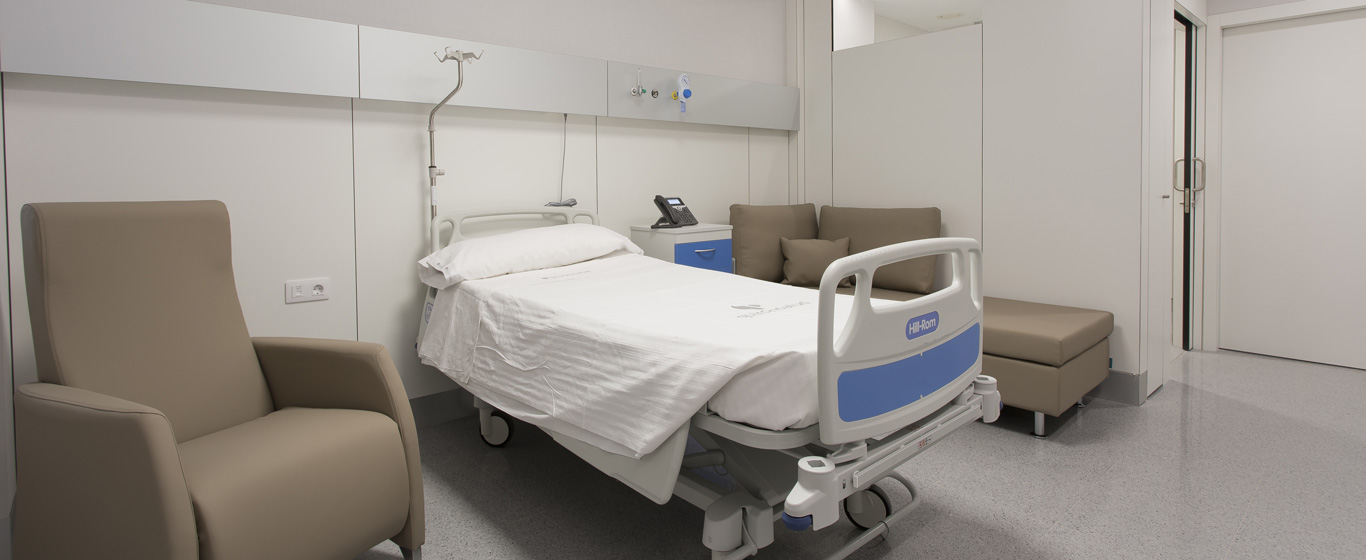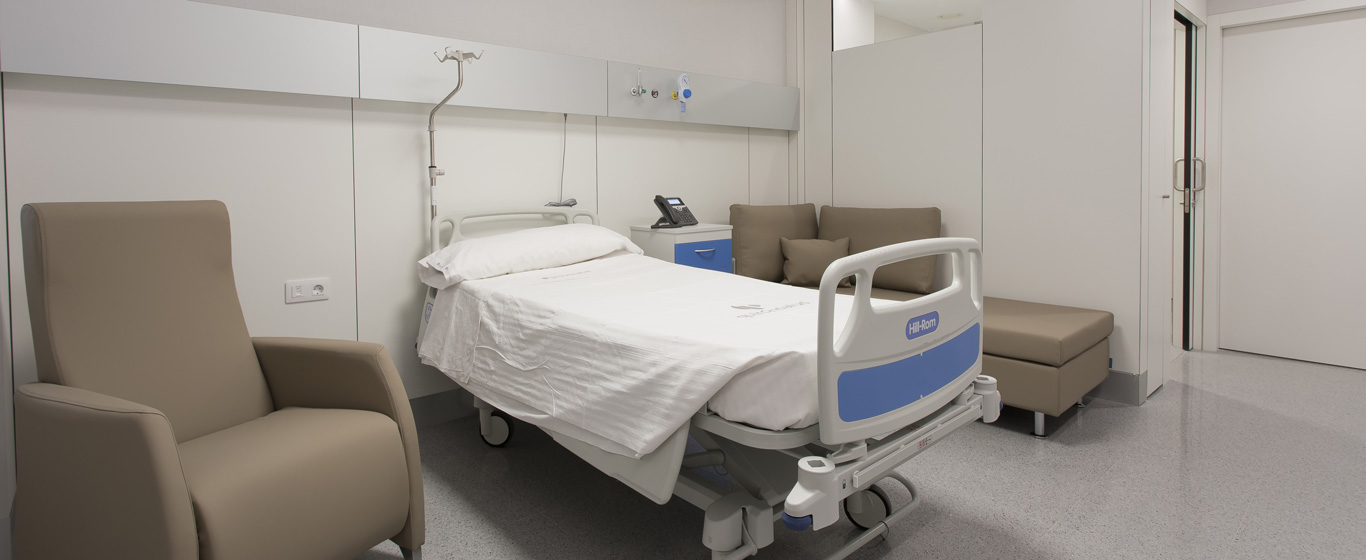Catheter Angiography
Angiography is a diagnostic technique that combines the use of X-rays with the injection of a contrast agent through a catheter, a thin and flexible tube, to obtain detailed images of the body's blood vessels.

General Description
Angiography is a diagnostic test that allows the study of the vascular system by obtaining a detailed image (angiogram) of the blood vessels. Depending on the area being studied, angiography is classified into two types:
- Arteriography: the study of the arteries.
- Venography: the study of the veins.
Angiography combines the use of X-rays and the injection of a radiopaque contrast agent (typically an iodine-based compound) to visualize blood vessels. Since blood has the same density as the surrounding soft tissues, it is not visible on a conventional X-ray. In catheter angiography, the contrast agent is injected through a catheter, a very thin and flexible tube inserted into the blood vessel, and the images are obtained using X-ray technology.
When Is It Indicated?
Angiography allows for a precise visualization of blood vessels and the detection of any abnormalities or circulatory disorders, including:
- Blood clots.
- Arteriovenous malformations.
- Arterial stenosis due to atherosclerotic plaque buildup.
- Aneurysms.
- Inflammation of blood vessels (vasculitis).
- Arterial wall dissections or tears.
Additionally, catheter angiography is used for therapeutic purposes, such as:
- Widening narrowed arteries.
- Repairing blood vessels, including the placement of vascular stents or intra-arterial balloons.
- Evaluating varicose veins before surgical intervention.
- Removing blood clots.
- Blocking blood flow to a tumor or an arteriovenous malformation.
How Is It Performed?
Catheter angiography is performed in the radiology department. The procedure begins with a small incision in the groin, neck, or arm, through which a hollow plastic sheath is inserted. A catheter is then introduced into the blood vessel through this sheath. The physician guides the catheter to the target artery or vein using real-time X-ray imaging. Once in the area of interest, the contrast agent is injected, and several X-ray images of the vascular system are taken.
Risks
Angiography is an invasive procedure that, although safe and effective, is not without risks. In some cases, the contrast agent may cause a mild allergic reaction, resulting in nausea or a skin rash. In very rare cases, a severe reaction may occur, leading to anaphylaxis. Additionally, patients with diabetes or kidney disease are at risk of kidney damage from the contrast agent.
The insertion of the catheter can potentially perforate or dissect the artery, although this is extremely rare. Similarly, there is a slight risk of a blood clot forming around the catheter tip or of an infection developing at the incision site.
Furthermore, X-ray imaging involves radiation exposure, which has been associated with an increased risk of cancer. Although the radiation dose is higher than that of a standard X-ray, the benefits of obtaining an accurate diagnosis outweigh the associated risk.
What to Expect During an Angiography
Before the procedure, the patient must remove clothing and metallic objects, change into the provided hospital gown, and lie on their back on the examination table. Vital signs are monitored throughout the procedure.
A sedative is administered to keep the patient relaxed but conscious. The area where the incision will be made is shaved and disinfected, and a local anesthetic is injected. When the incision is made, the patient may feel slight pressure, but no pain will be felt as the catheter moves through the blood vessels.
When the contrast agent is injected, a warm or burning sensation and a metallic taste may be experienced for a few seconds. During image acquisition, the patient must remain still to prevent blurring and may be asked to hold their breath.
An angiography typically lasts between 30 and 90 minutes, depending on the specifics of the study. Once completed, the catheter is removed, and pressure is applied to the incision site for 10 to 20 minutes to stop any bleeding. If the catheter was inserted through the groin, the patient must remain under observation for six to eight hours with the leg kept still to promote healing. In some cases, an overnight hospital stay may be required for monitoring the incision and vital signs.
Patients are advised to drink plenty of fluids to help flush out the contrast agent through urination. Strenuous physical activity should be avoided for three days following the procedure.
Specialties That Request Angiography
Catheter angiography is primarily requested in the fields of cardiology, neurology, and vascular surgery.
How to prepare
Before undergoing catheter angiography, a blood test is required to assess blood clotting function and kidney health. Additionally, the patient must inform the doctor of any history of allergies to iodine or other contrast agents, in which case corticosteroids or antihistamines may be administered before the procedure. The doctor must also be informed if the patient is pregnant, as the fetus is particularly sensitive to radiation.
The patient must fast for several hours before the procedure. If taking anticoagulant medications, the treatment may need to be adjusted or temporarily discontinued a few days prior to reduce the risk of bleeding.
It is also advisable to wear comfortable clothing and avoid bringing any metallic objects, as metal can interfere with the imaging process.





















































